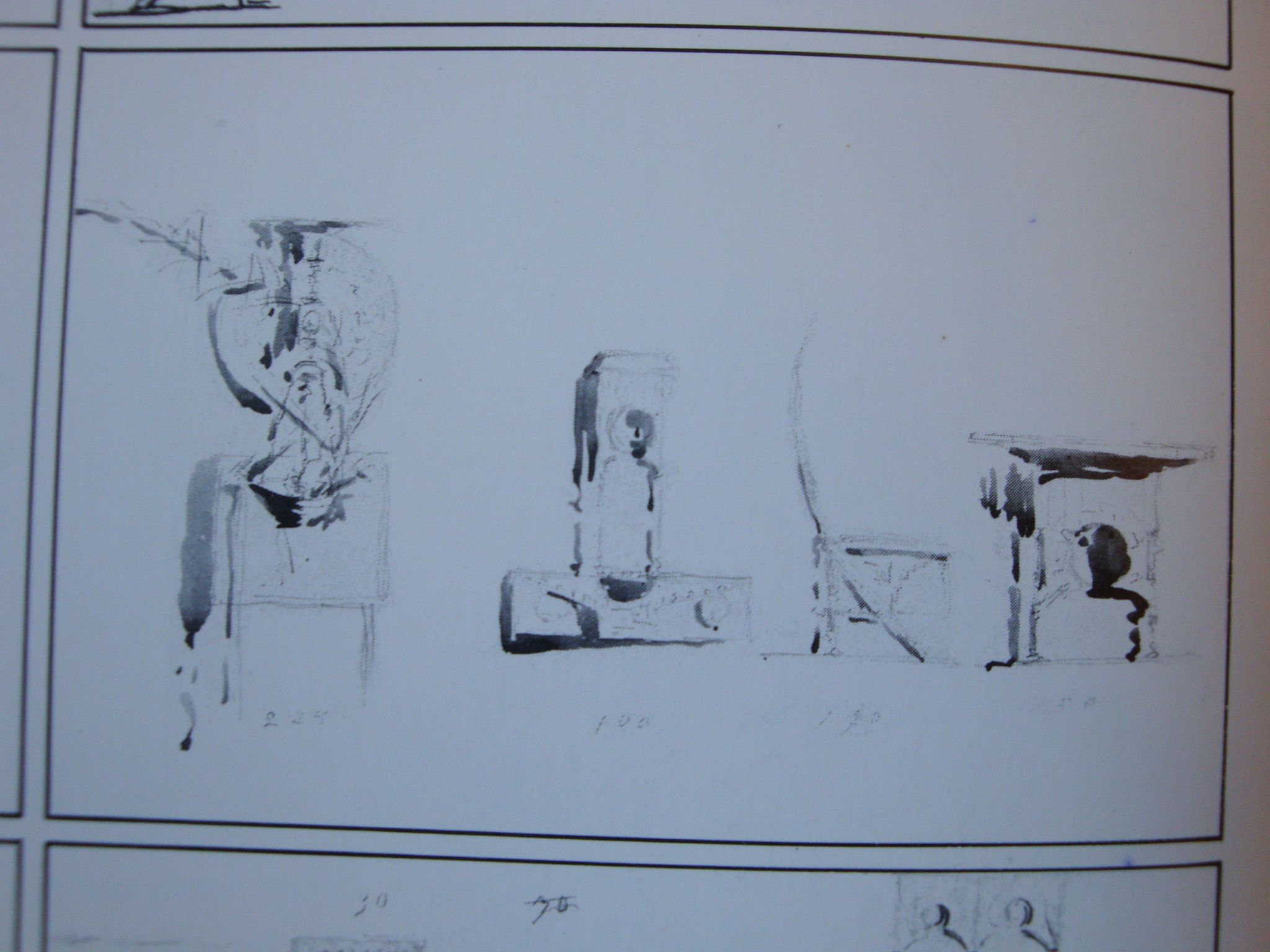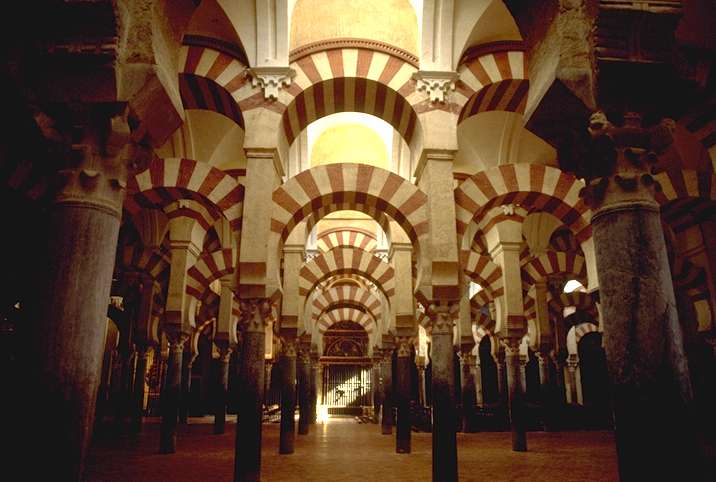f. Philippe Dejean, Carlo-Rembrandt-Ettore-Jean Bugatti, 1982, p.116
Bugatti trained as an architect in Milan in 1875 and studied at the École des Beaux-Arts in Paris before returning to Milan in 1880. His architectural background may have prompted the decision to name his Moorish-inspired furniture ‘Granada Furniture’, in reference to the Alhambra in Granada, Spain.
Bugatti displayed his work in the 1888 Italian Exhibition at Earl’s Court, London, where he was awarded an honorary mention. He then won a silver medal at the 1900 Paris Exposition Universelle. At the Turin Exposition in 1902 he secured the highest award granted, the Diploma Speciale d’Onore for four furnished rooms and a collection of furniture. It is said that the Italian Queen, who saw Bugatti’s contribution to the Italian Pavilion at this exhibition described it as ‘Moorish style’, to which Bugatti replied, ‘You are mistaken, your Majesty, this style is my own’ (Philippe Dejean, Carlo-Rembrandt-Ettore-Jean Bugatti, 1982, p.25).
The hand-craftsmanship and quality of Bugatti’s furniture reflect the artisan mentality of Milan during the late 19th century. He designed many tables like this with slight variations, each extravagantly adorned with geometric marquetry, dentils, and hand-worked with various materials including metal, leather, calf-skin, bone and wood. The short collonettes and rounded arches pay tribute to Romanesque architecture, regarded as the high point of craftsmanship in European art (Henry Hawley, Bugatti, The Cleveland Museum of Art, 1999, p.9).
In 1904 Bugatti sold his workshop and reproducing rights to the Milanese furniture maker de Vecchi. Interest in Bugatti’s work revived from the 1960s and it continues to capture the imagination with its exotic appeal.

















